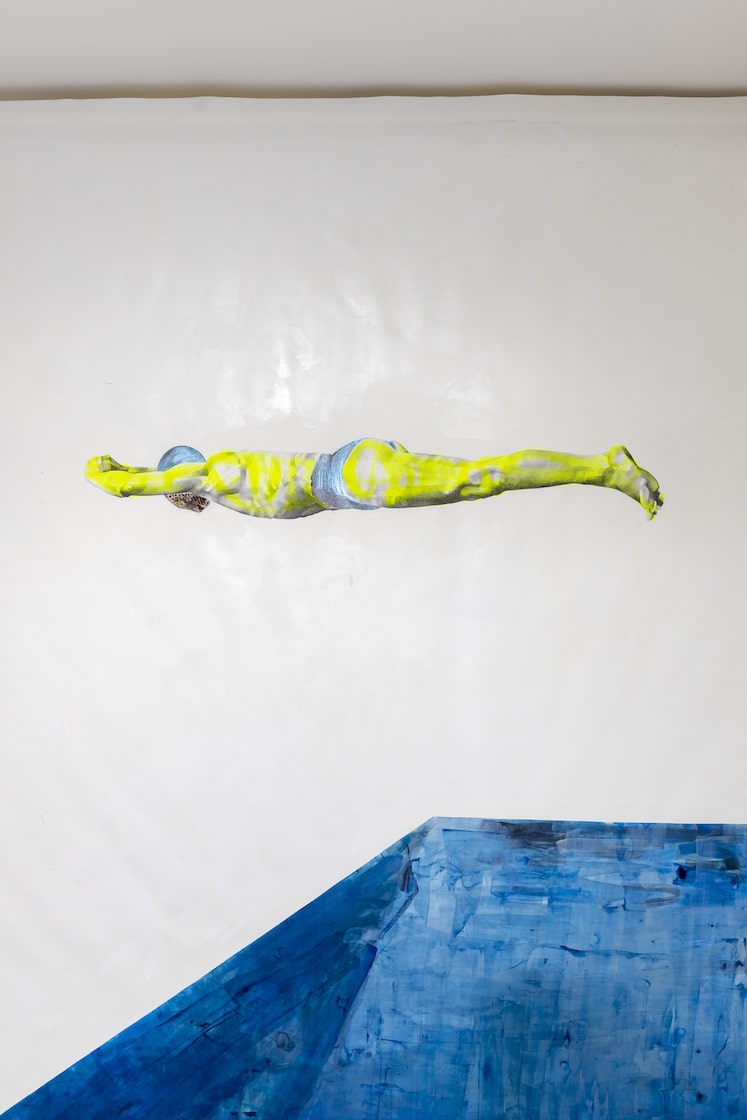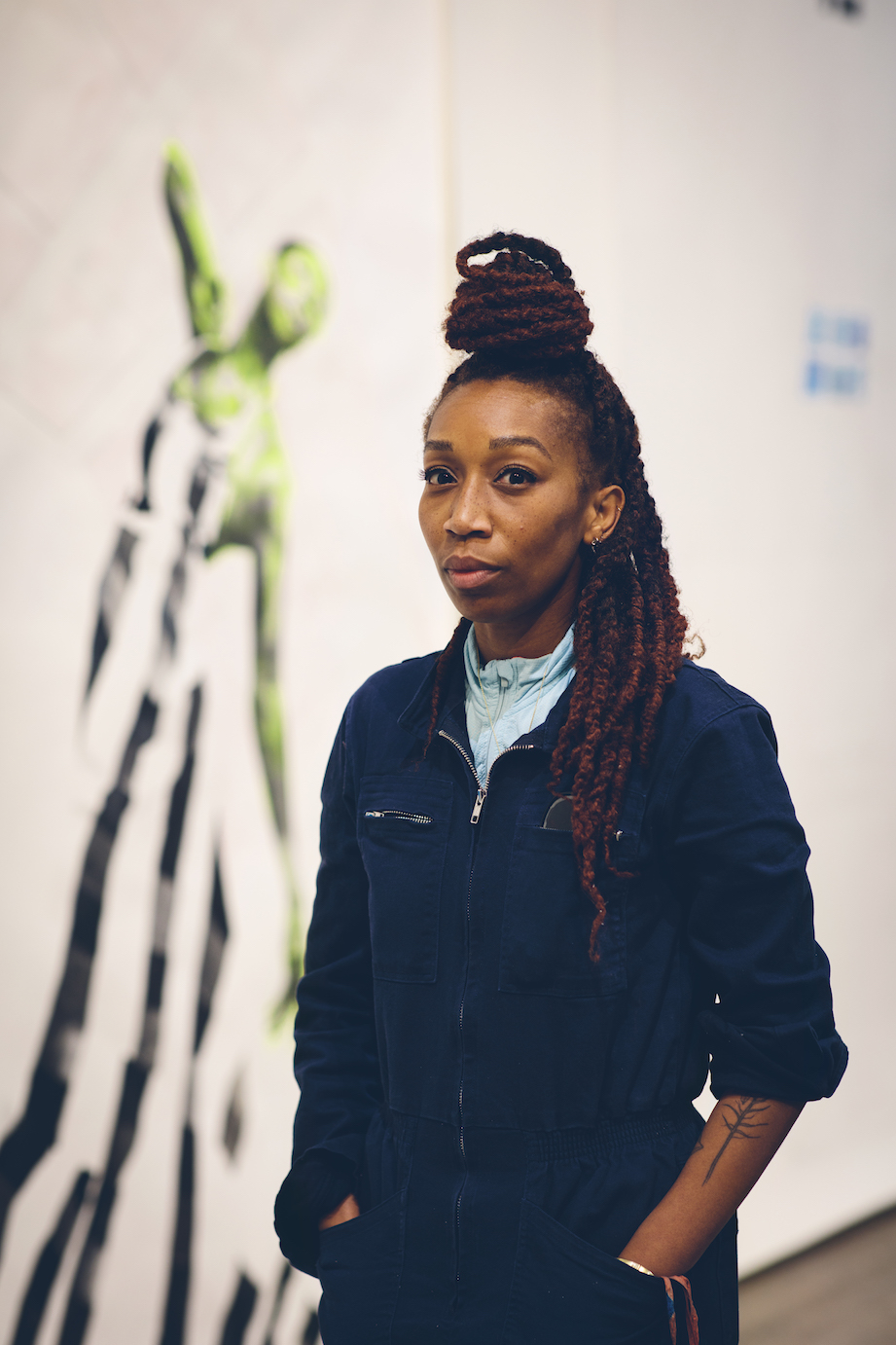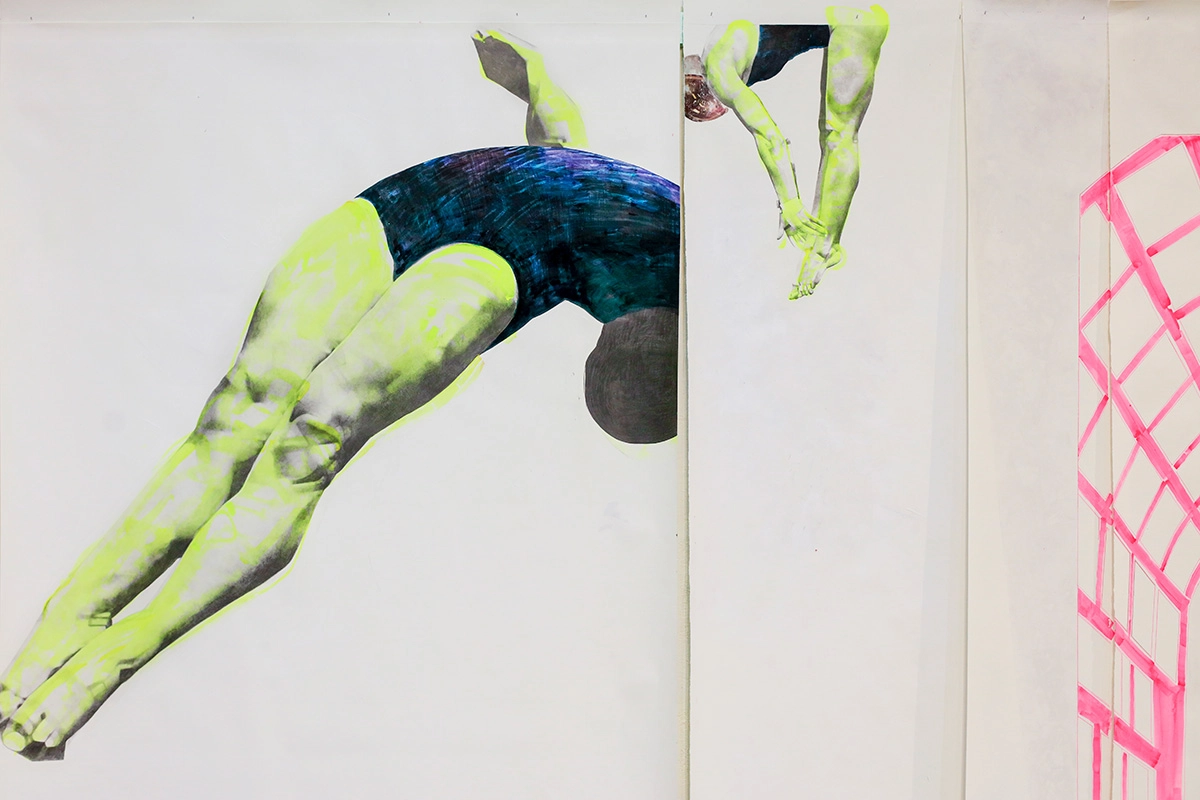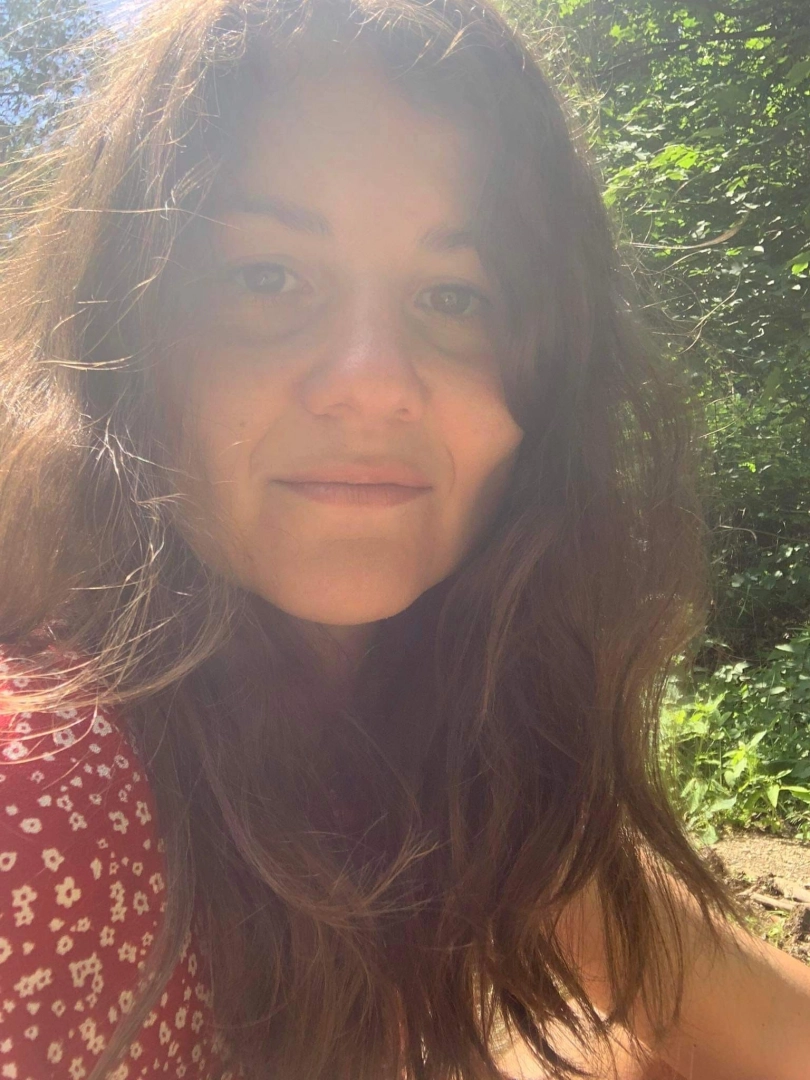Figures captured in various positions mid-move help this Nigerian-born and UK-and-US-raised artist transcend the boundary between drawings and the surrounding world. She manages to organically connect drawing on paper with the environment.
.jpg)
Mixed cultural background
Ruby Onyinyechi Amanze was born in Nigérii in 1982, both her parents were university teachers. Shortly after the birth of their daughter, the family moved to Birmingham in the UK where her father received a doctorate in biochemistry and her mother gained a master's in teaching.
When Ruby reached adulthood, the family moved again, this time to the US. She attended the art programme at her high school and practically lived in the studio. Studying art at university seemed an intuitive next step, however, her parents were trying to dissuade her from her artistic attempts. “At the time, studying art didn’t really fit in with the immigrant story,” explains Ruby.

Despite her parents, she managed to receive her bachelor's degree at the Tyler School of Art at Temple University in Philadelphia in 2004. Two years later she finished her master’s in fine art at the renowned Cranbrook Academy of Art in Detroit, Michigan. After that, she even started to teach art. In 2009 she became the Director of Education at the Museum of Contemporary African Diasporan Art in Brooklyn, NY. During this time she also actively took part in group exhibitions in New York and across the United States. Her works focused on the topic of home and cultural hybridity.
In 2012, she went back to Nigeria. The trip became a changing point in her work and she moved away from abstraction toward figural painting. The characters in her works have become visibly more relaxed and capturing movement, especially dance (there are also portrayals of many figures diving underwater), came to play an important part. Her works often connect movement with empty space on paper which in itself is also an object of her exploration: „I don’t want to make drawings on paper, I want to make works that connect with the structure of the paper and come alive.“
.jpg)
„Certain characters that make repeat appearances in my work were created when I lived in Nigeria for the first time as an adult and made stories about what it’s like to be a foreigner in your home country,“ she confides. „It was also a familiar space so I constantly oscillated between these two extreme experiences.“
Ways to capture space
Nigeria was also the birthplace of ada the Alien. She looks exactly like Ruby, except for her fluorescent yellow skin. She has the light, angular limbs of a dancer and seems introspective, confident, and maybe a little bit melancholy. She is joined by audre the Leopard (a cross between a human and a leopard) who is standoffish but protective and gets along well with ada. They dance together and embrace each other, audre holds ada under one arm as they dive together in swimsuits and space helmets. Or maybe is trying to prevent her from floating up and leaving their kingdom?
These days, Ruby focuses less on cultural hybridity and instead leans toward exploring the empty space on the large white surface of the paper that is not bound by the rules of gravity.: „I find something magical in drawing and in the wider context of how you can move through space. I’m constantly exploring in how many different ways is it possible to capture or mark space on paper.“ The figures captured mid-movement are connected to this new direction. Ruby collects photos of dancers and also works with choreography.

Recently, she started to add not just optical but also physical depth to the paper. She makes some of her works three-dimensional, using wooden forms, deep lightboxes or layers of epoxy to manipulate space even outside of the paper’s surface.
She now considers sculptural drawing to be the most interesting part of her practice: „I’m discovering ways in which the paper can gain physical weight and become more present in the space. How it can collaborate with the audience and architecture. Still, everything is rooted in what's happening inside the drawings.“
.jpg)
For Amanze drawings were never two-dimensional. She remembers this way of seeing was present in her work ever since she first started drawing. She says that she has always seen depth in a sheet of paper, similar to how a sculptor sees the form hidden inside an untouched slab of marble. She even physically enters her drawings, lies on them and leaves imprints of her own body. She is not just a painter but occasionally also performs as a dancer or performer. In her free time, she exercises, stressing that movement helps her think. She says that after finishing work at the studio she used to go roller-skating. And as for the feeling of ‘home’? She stopped searching for it in specific places and instead found it in water and swimming, anywhere.





